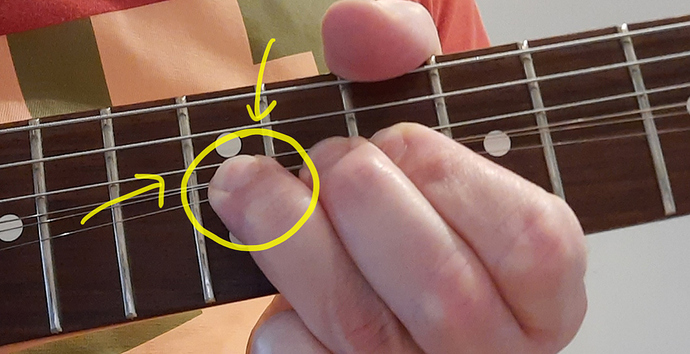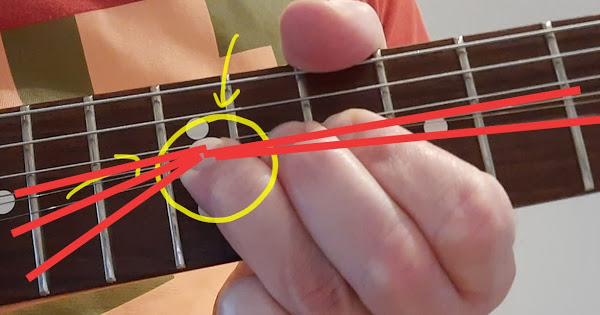I think I have an intuitive way to think about this. If you only analyze the part of the string between the fret and the bridge, the increase in tension required to bend a string to pitch is independent of the fret. But you are of course simultaneously increasing the tension of the portion of the string between the fret and the nut, which requires effort proportional to the change in pitch of that side of the string. The closer you get to the nut, the higher the pitch change of the nut-side of the string, and thus the greater amount of force required. Around the 12th fret, the pitch change of both sides will be roughly equal (the precise location depends on how you grip the string: how many fingers, how spread out, etc. For a two-finger bend with one fret per finger, this would happen at fret 13). At lower frets you are bending the nut-side more than the bridge-side, and at higher frets you are bending the bridge-side more than the nut-side.
Intuitively, it seems like the middle of the string should be the easiest place to bend, maybe because of the symmetry between the nut-side and the bridge-side of the string. But the physics isn’t actually symmetric because we only care about the pitch of the bridge-side. The comparative change of the pitch on the nut-side decreases as you go up the neck, which means the effort required also decreases.
This is explained in my previous answer, but the intuition of it probably gets lost in the trigonometry.
My initial thought was that the bending distance didn’t matter as long as the force was roughly the same because I was considering each string in isolation. But I think you’re right, the bending distance does matter because we usually end up bending more than one string at a time. I now think that this is the true answer to the question. The high E-string is harder to bend to pitch because it has to be pushed further than the other strings, which means we end up inadvertently bending the next string as well, which increases the load.
For example: for a 1 step-bend on the E-string at the 12th fret, we will also have to provide enough additional force to also bend the B-string by (let’s say) a half-step. But if we try to bend the B-string at the 12th fret, we only have to provide enough additional force to bend the G-string by maybe 1/4 or 1/8 of a step. For larger bends, you end up bending 3 or more strings, which increases the load discrepancy even more.
I’m not totally certain without some experimental proof, but I feel pretty confident that this is actually the dominant reason that bending on the high E string feels harder than the other strings.










